Heat as Energy Worksheets
Are you in search of comprehensive and informative worksheets on the topic of heat as energy? Look no further than these worksheets, specially designed for students who are learning about the concept of heat as a form of energy. With a focus on the characteristics and effects of heat, these worksheets provide an engaging and practical way for students to deepen their understanding of this essential scientific subject.
Table of Images 👆
More Energy Worksheets
Light and Heat Energy WorksheetsTypes of Energy Transfer Worksheet
Energy Light Heat Sound Worksheets
3 Forms of Energy Worksheets
Energy Worksheets for Third Grade
What is the definition of heat as energy?
Heat as energy is the transfer of thermal energy between substances at different temperatures. It occurs when there is a temperature difference driving the flow of energy from a warmer object to a cooler one. This transfer of energy increases the internal energy of the receiving substance, causing its molecules to move faster and resulting in a rise in temperature.
How is heat transferred from one object to another?
Heat is transferred from one object to another through three main mechanisms: conduction, convection, and radiation. Conduction is the transfer of heat through direct contact between two objects. Convection occurs when heat is transferred through the movement of fluids or gases. Radiation is the transfer of heat in the form of electromagnetic waves, such as infrared radiation. These mechanisms work together to transfer heat and help maintain thermal equilibrium between objects at different temperatures.
Name and describe the three methods of heat transfer.
The three methods of heat transfer are conduction, convection, and radiation. Conduction is the transfer of heat through a material by direct physical contact, such as a metal spoon heating up when placed in a hot liquid. Convection is the transfer of heat through the movement of fluid or gas particles, such as hot air rising and cool air sinking in a room. Radiation is the transfer of heat through electromagnetic waves, such as the heat transfer from the sun to the Earth through space.
Explain the concept of specific heat capacity.
Specific heat capacity is a physical quantity that measures the amount of heat energy required to raise the temperature of a unit mass of a substance by one degree Celsius (or Kelvin). It is an intrinsic property of a material and varies depending on the substance. Substances with a high specific heat capacity require more energy to raise their temperature, while those with a low specific heat capacity heat up more quickly. This concept is important in understanding how different materials respond to changes in temperature and in calculating the amount of heat needed in various processes, such as heating or cooling.
How does heat affect the motion and arrangement of particles in a substance?
Heat affects the motion and arrangement of particles in a substance by increasing their kinetic energy, causing the particles to move more rapidly and collide with each other with greater force. This increased motion leads to the particles spreading out and assuming a more disordered arrangement, ultimately causing the substance to change phase or undergo a physical transformation.
Describe the process of conduction and give examples.
Conduction is the process of heat transfer through direct contact between particles or objects. When two objects at different temperatures come into contact, heat energy moves from the warmer object to the cooler one until they reach thermal equilibrium. For example, when a metal spoon is placed in a hot cup of coffee, heat is conducted from the coffee to the spoon. Another example is when a person touches a cold window, heat is conducted from the person's hand to the glass.
What is the role of convection in heat transfer?
Convection is one of the three main mechanisms of heat transfer, along with conduction and radiation. In convection, heat is transferred through the movement of fluids such as air or water. This occurs as hot fluids rise and cold fluids sink, creating a cycle of heat transfer that helps distribute thermal energy. Convection plays a critical role in heating and cooling systems, weather patterns, and various natural processes where fluid movement is involved.
How does insulation prevent heat transfer?
Insulation prevents heat transfer by creating a barrier between the inside and outside of a building, reducing the flow of heat through conduction, convection, and radiation. This barrier traps pockets of air within the insulation material, inhibiting the movement of heat energy. As a result, the building stays warmer in the winter and cooler in the summer, reducing the reliance on heating and cooling systems and improving energy efficiency.
Explain the relationship between heat and temperature.
Heat and temperature are related but are not the same. Temperature refers to the average kinetic energy of the particles in a substance, while heat is the transfer of energy between two substances due to a temperature difference. In other words, temperature measures the intensity of heat within a substance, and when heat is added or removed, it changes the temperature of the substance. The higher the temperature, the more heat energy a substance contains.
Describe the importance of heat as a source of energy in everyday life.
Heat is a critical source of energy in everyday life because it is used for numerous essential tasks such as cooking food, heating homes and water, and powering industrial processes. It is also crucial for various transportation methods and is a key component in generating electricity through thermal power plants. The ability to harness and control heat is fundamental to our modern way of life and plays a vital role in almost every aspect of our daily activities.
Have something to share?
Who is Worksheeto?
At Worksheeto, we are committed to delivering an extensive and varied portfolio of superior quality worksheets, designed to address the educational demands of students, educators, and parents.





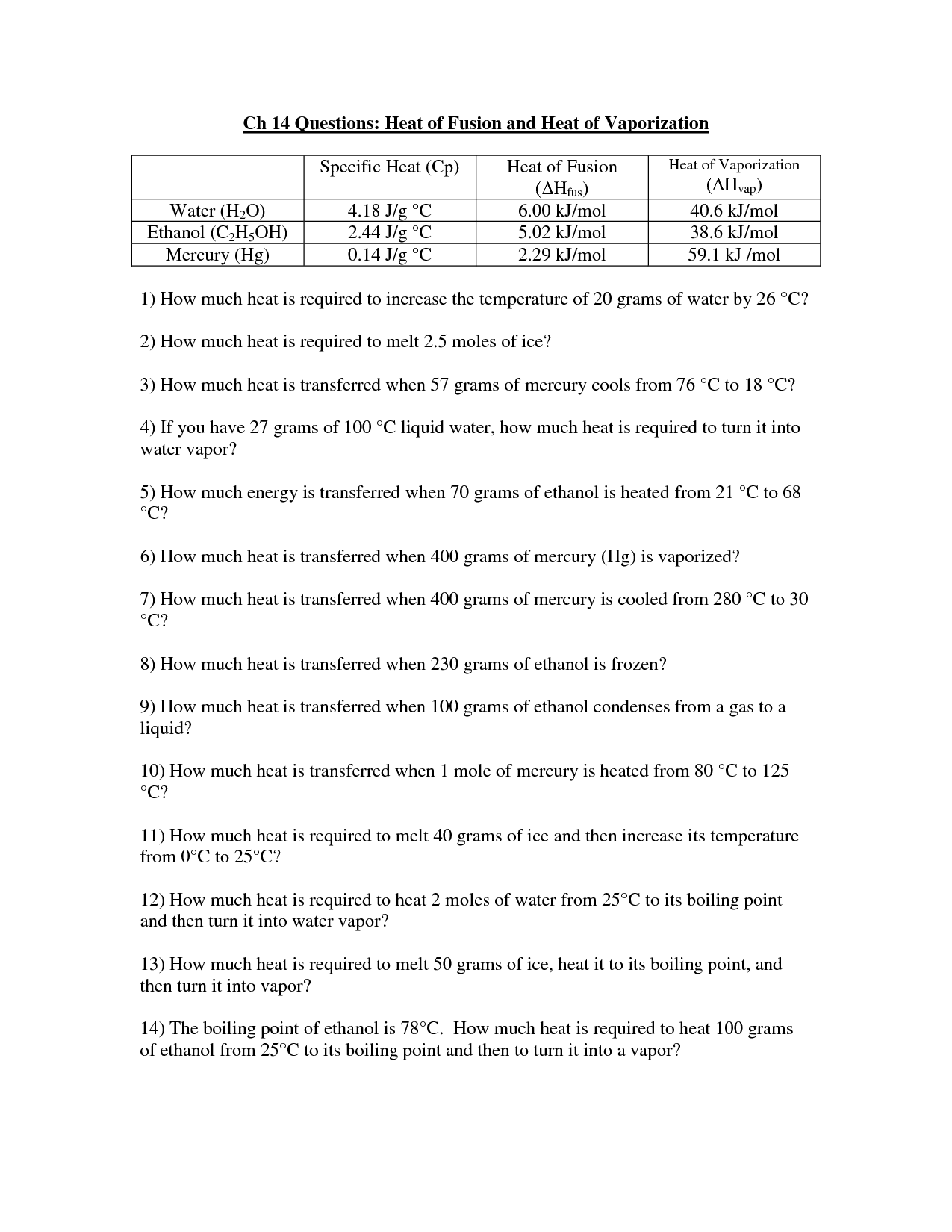

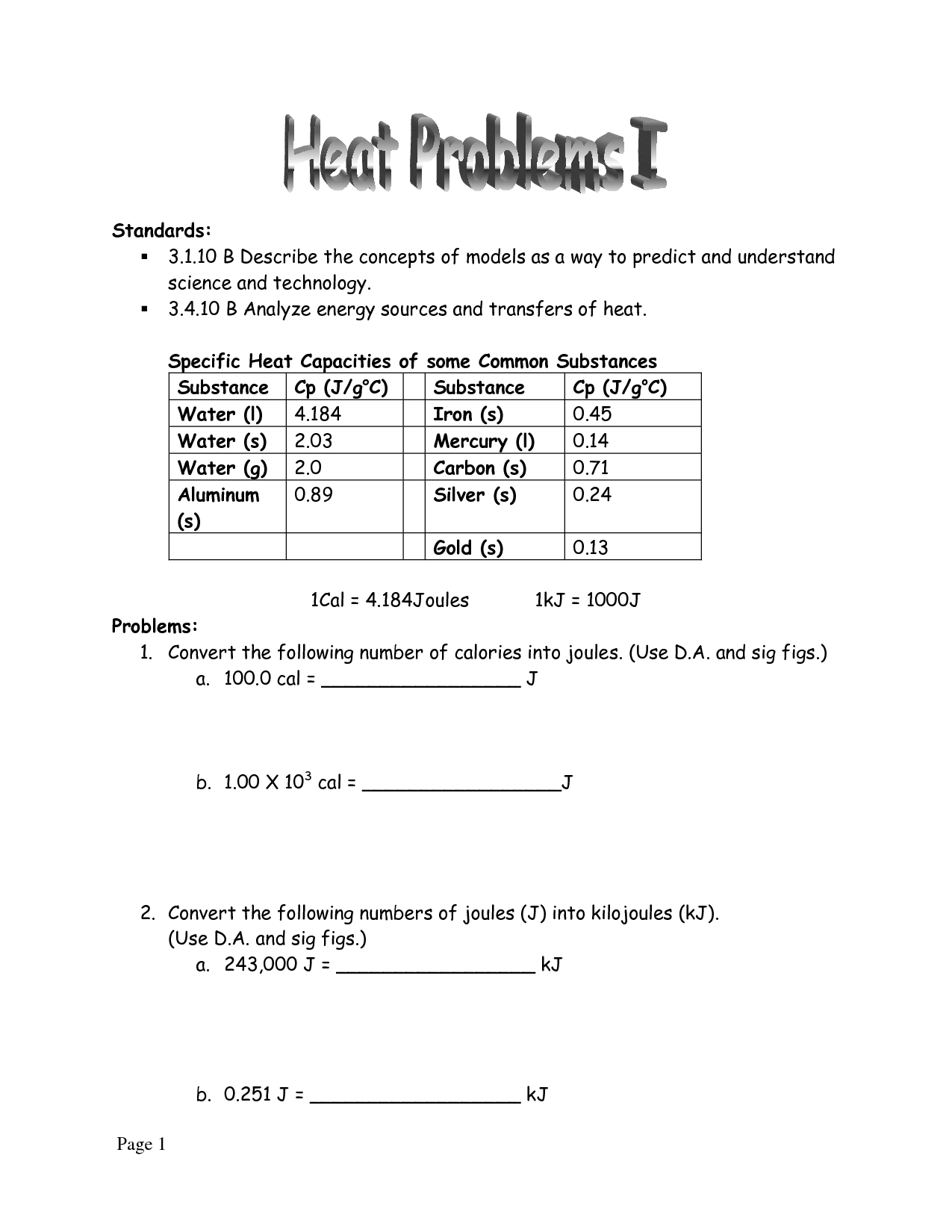
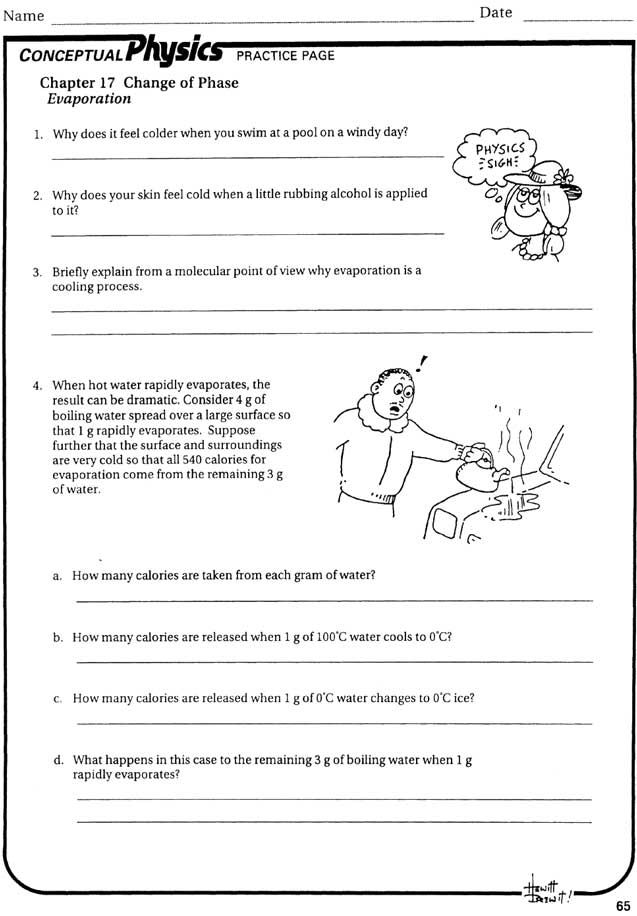
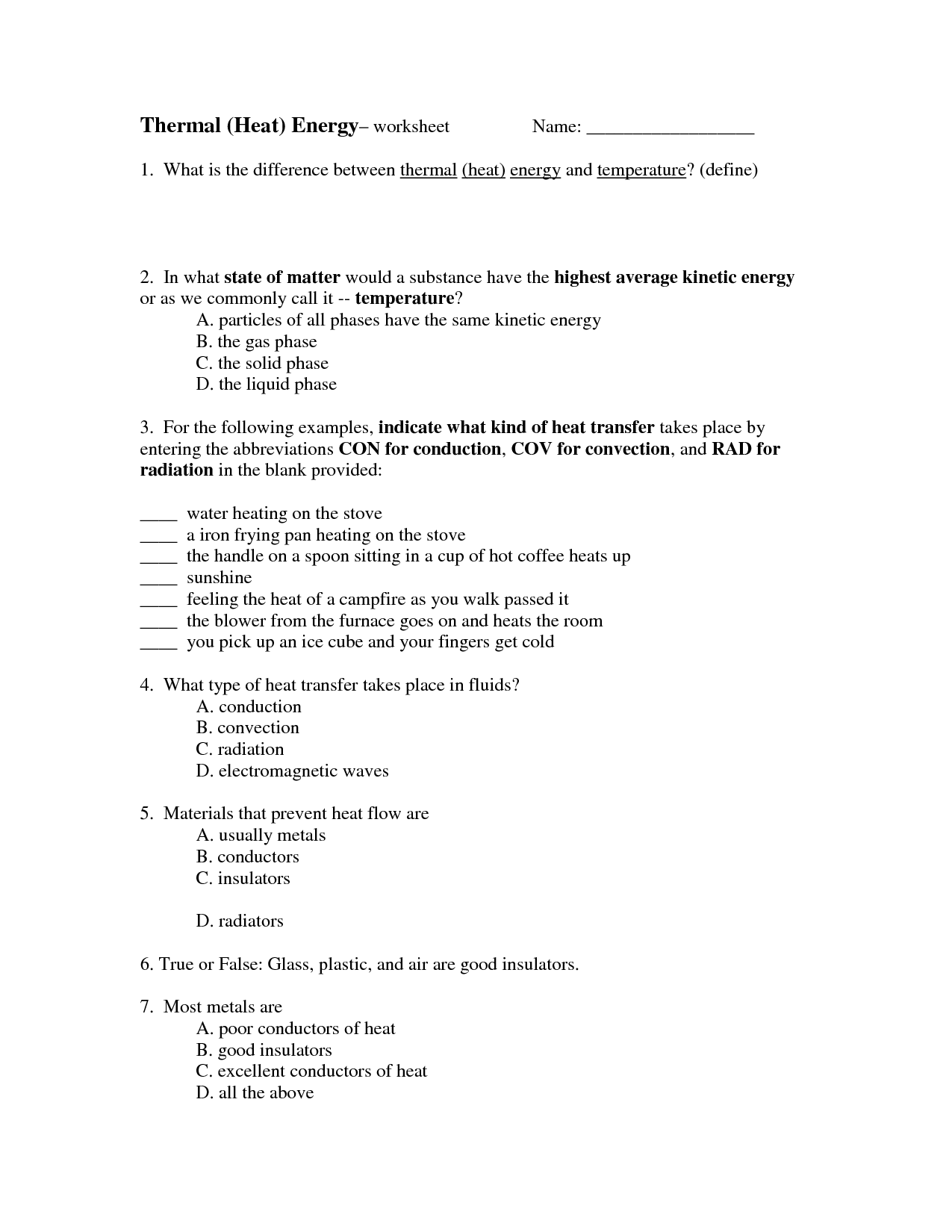

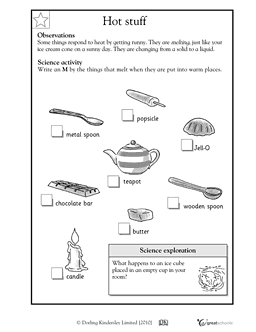

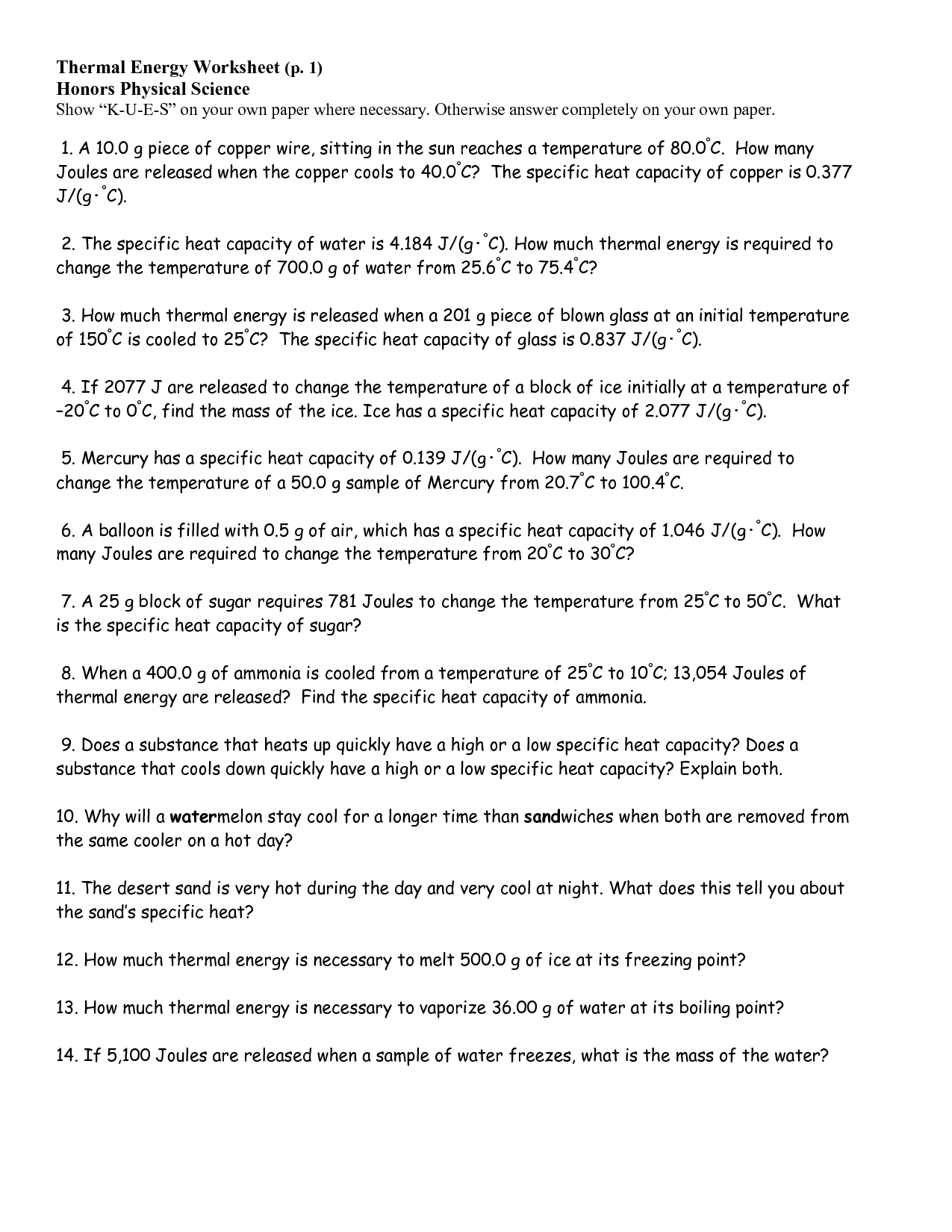
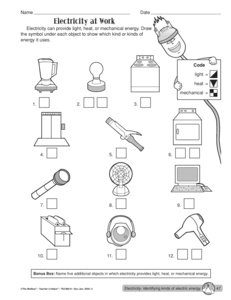
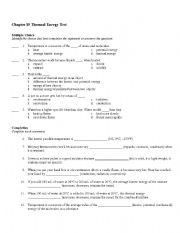
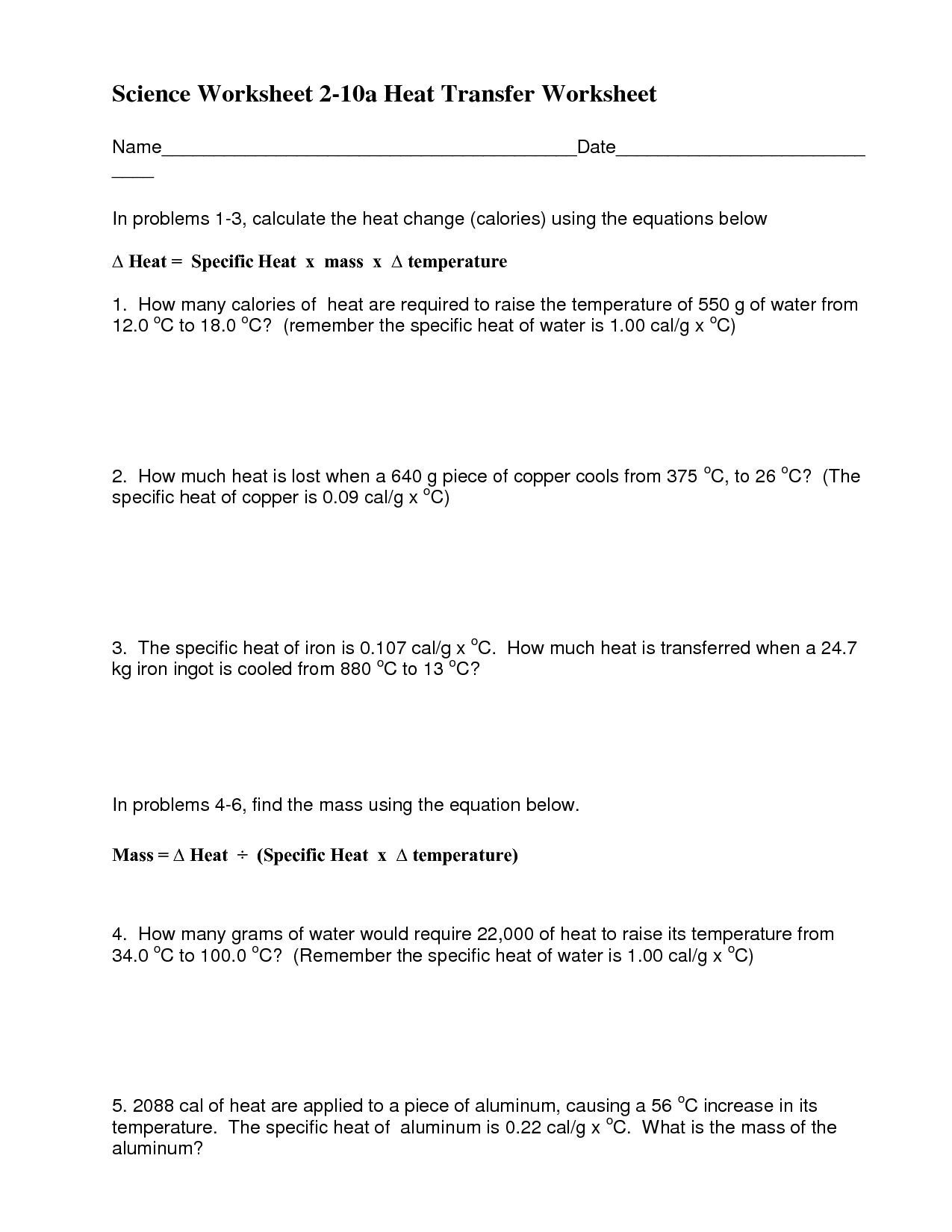
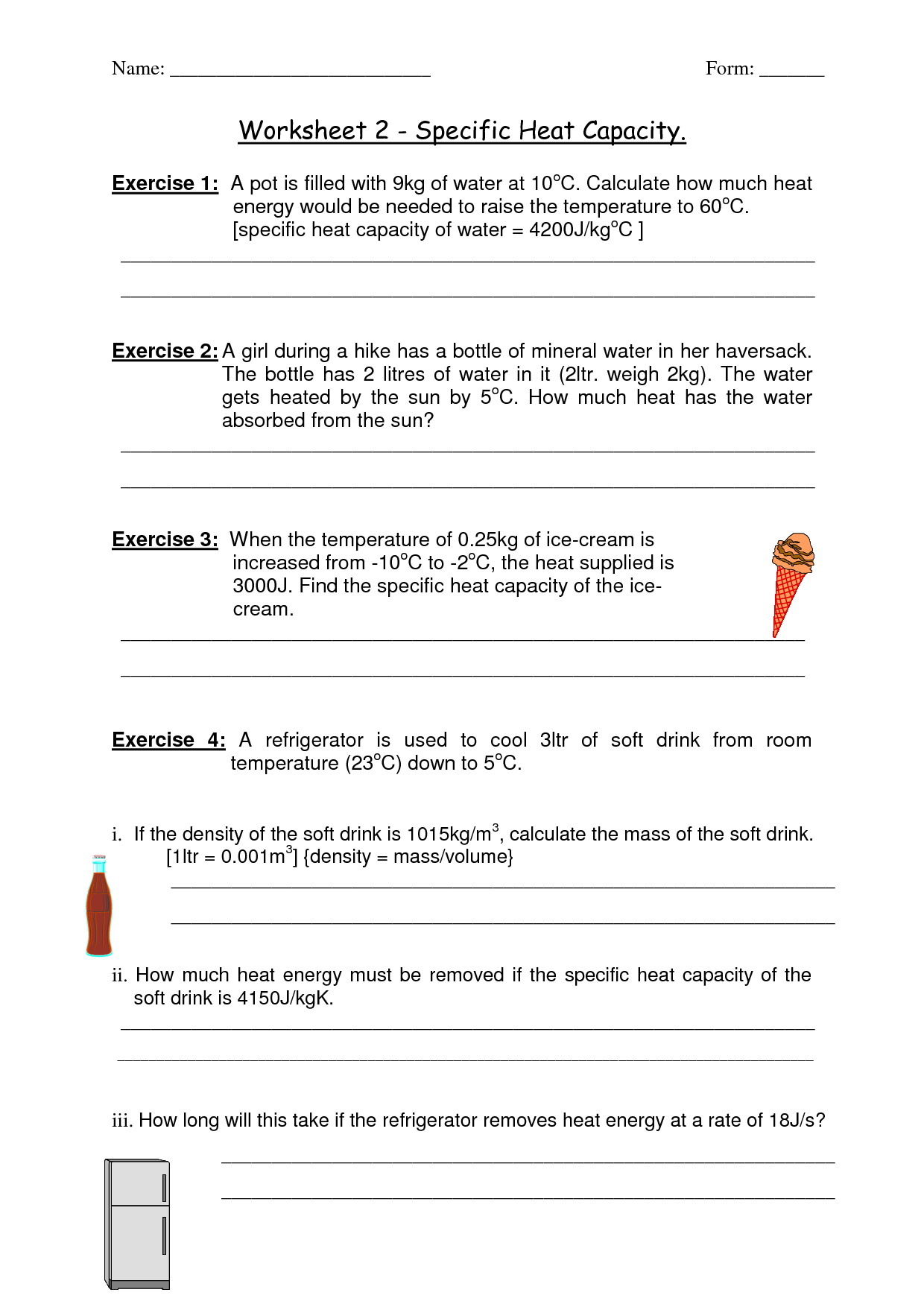
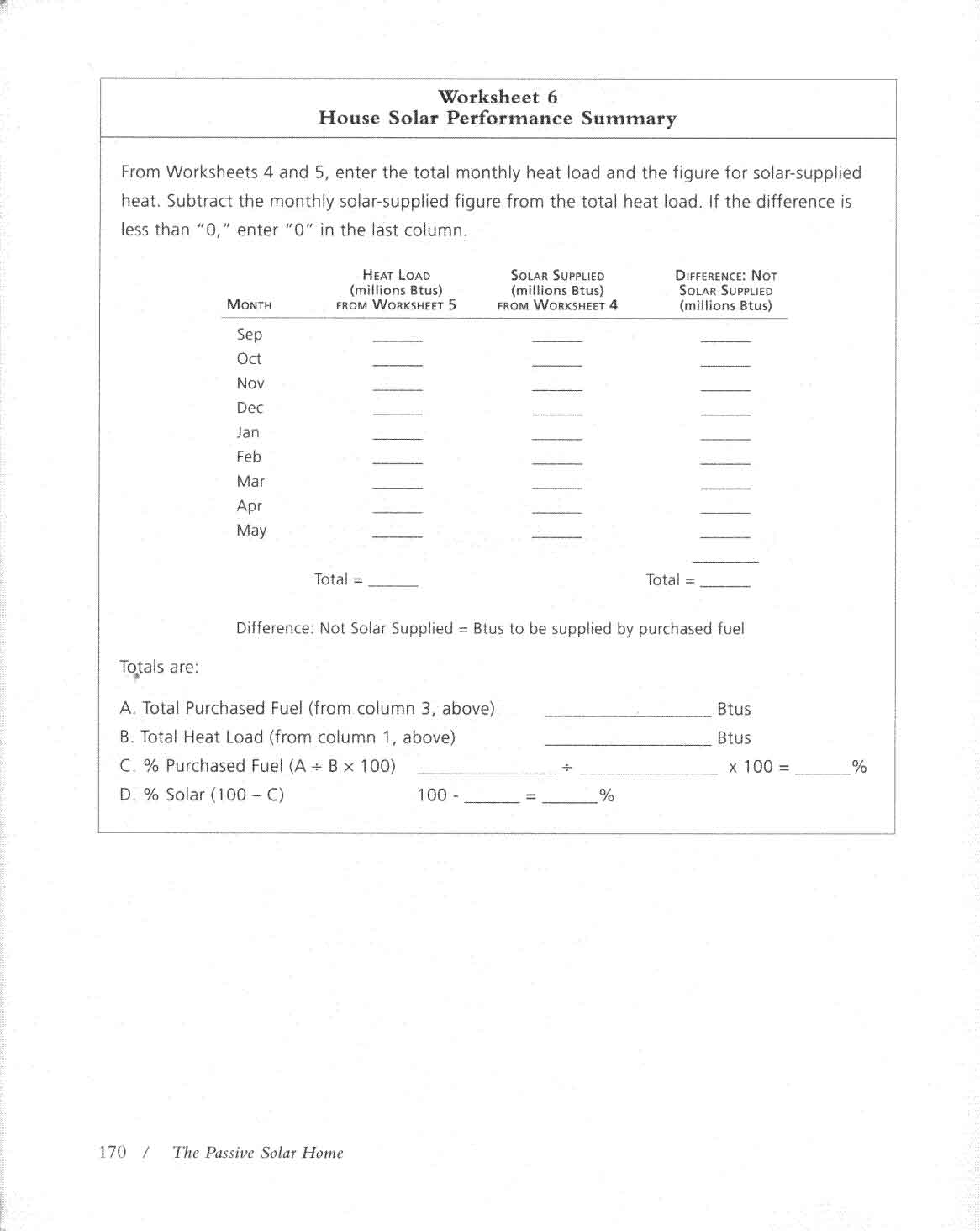













Comments